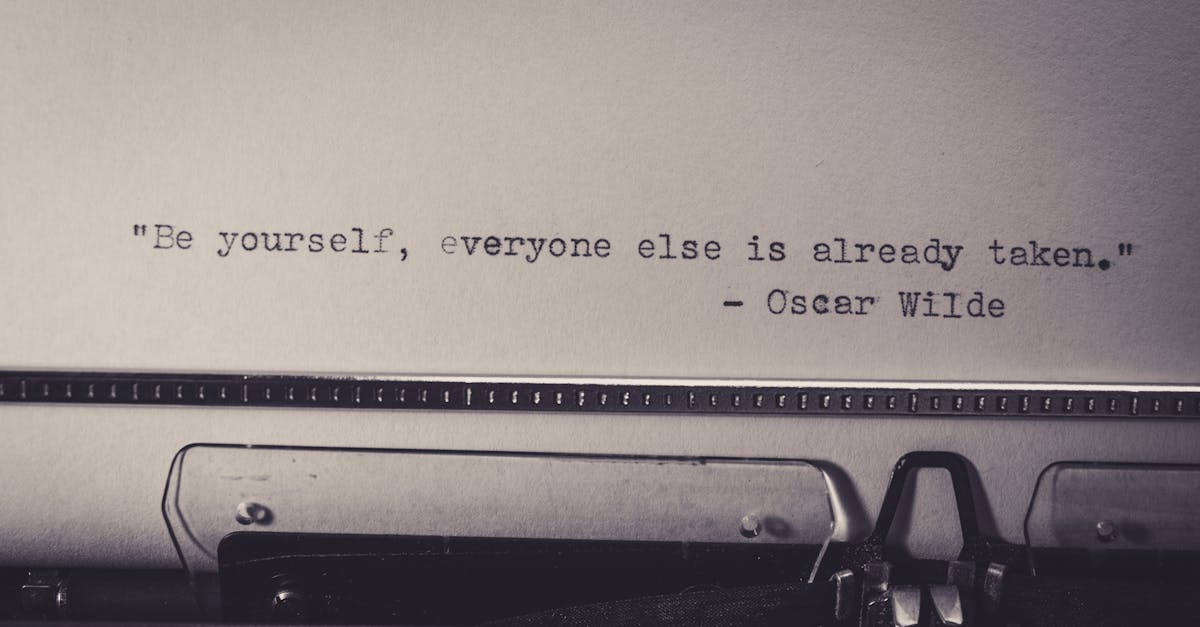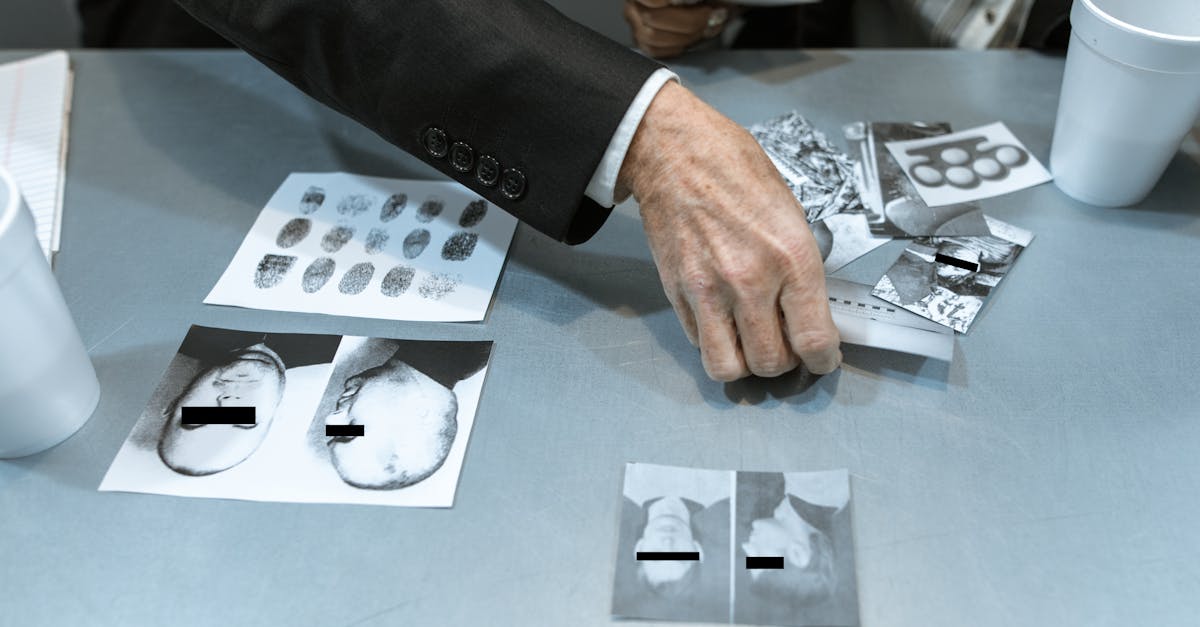Unveiling the Popularity of True Crime Shows
Introduction
In recent years, true crime documentaries have skyrocketed in popularity, becoming an entertainment staple. Filmmakers skillfully intertwine real-life events, unresolved mysteries, and psychological intrigue. Audiences are captivated by the genre's raw and gripping narratives. With streaming services making these stories readily accessible, fascination with true crime has never been greater. Societal curiosity about the darker side of humanity continues to drive interest. The realm of true crime is more than entertainment; it sparks debate on ethics and justice.
Advertisement
The Allure of Authenticity
True crime documentaries offer an authenticity that fictional crime thrillers can't match. They provide a window into actual incidents, making viewers conscious of real-world consequences. This raw honesty captivates audiences invested in uncovering truths obscured by time and misinformation. The genre's appeal lies in the detailed, fact-based storytelling that demands intellectual engagement. By focusing on real victims and perpetrators, these documentaries take on an educative role, reflecting on societal issues. This authenticity satisfies a basic human thirst for understanding.

Matej/Pexels
Advertisement
Role of Streaming Platforms
The proliferation of streaming platforms has significantly bolstered the reach of true crime documentaries. Services like Netflix and Hulu have made these stories accessible to a broad global audience. By curating and promoting diverse content, platforms ensure that even lesser-known cases receive air time and attention. Entire seasons released in one go cater to binge-watching habits, hooking viewers with their episodic storytelling. Moreover, streaming platforms' ability to collect and analyze viewer data allows them to fine-tune recommendations, pulling viewers deeper into the genre.
Advertisement
Evolving Storytelling Techniques
True crime documentaries have evolved beyond their initial formats, adopting innovative storytelling techniques to engage viewers. Creators now explore multidimensional narratives, painting detailed backdrops of both victims and perpetrators. Some dive into psychological analyses or investigative deep dives, unraveling new dimensions of well-known cases. The genre continues to experiment, with interactive and immersive formats allowing fans to play detectives. Such diversity enriches viewer experience and expands the genre's reach to various demographics.
Advertisement
Psychological Appeal of True Crime
The genre taps into several psychological factors that explain its widespread appeal. Audiences find themselves engaging with stories that spark adrenaline responses or empathetic feelings. For some, there's intrigue in understanding deviant behavior or simply seeing justice unfold. True crime offers a "safe" exploration of fear, allowing viewers to vicariously experience the terror of crime without direct exposure. Such multi-layered fascination keeps the audience engaged and frequently returning for more.
Advertisement
Influence of Social Media
Social media has become an inseparable part of the true crime phenomenon. Platforms like Twitter and Reddit become hubs where viewers dissect documentaries, propelling discussions and theories. These spaces create communities, fostering shared emotions and collective outrage. While this amplifies interest, it also presents challenges like misinformation or ethical breaches. Discussions and debates often spill into online and offline spaces, prolonging the attention span for specific cases and bolstering their cultural significance.
Advertisement
Criticism and Ethical Concerns
Despite their appeal, true crime documentaries are sometimes criticized for potentially exploiting tragic events. Critics argue that the line between entertainment and exploitation blurs too easily. There are concerns about sensationalism, dramatizing details for viewership over factual accuracy. Victims' families have expressed distress over portrayals that re-traumatize or misrepresent. These ethical concerns urge a rethink in approach, with some creators turning to ethical storytelling and putting victims and their families first.
Advertisement
Emerging Trends and Innovations
Embracing technological advancements, the genre is on the cusp of phenomenal change. AI and augmented reality promise incredible innovations in crime scene recreations and case studies. Interactive media may allow viewers to engage with stories in real time, potentially navigating decisions that affect narrative outcomes. There's growing interest in focusing on systemic injustices or reforming criminal portrayals, aiming to educate as much as entertain. These innovations hold the potential to rejuvenate interest and redefine viewer experiences.
Advertisement
Impact on Society and Culture
True crime documentaries undeniably influence public opinion and societal norms. They spotlight systemic issues, wrongful convictions, and justice system flaws. By illuminating real-life narratives, they raise public awareness and invoke calls for reform. The format challenges viewers to scrutinize personal safety, societal structures, and judicial processes closely. Additionally, they spark interest in criminology, psychology, and law enforcement careers. As a cultural touchstone, true crime continues to impact broader societal attitudes toward crime and justice.
Advertisement
Conclusion
True crime documentaries mix mystery, reality, and psychology, captivating audiences globally. Streaming platforms expand the genre's reach, while social media encourages community discourse. As new technologies shape narratives, ethical storytelling will be essential. Despite controversies, advances in storytelling promise to sustain interest and engagement. Fascination with the darker sides of human nature endures, securing true crime's place in contemporary culture.
Advertisement




